|
But there has been some Good News, in the revamp of the Glebe Hotel by the Joule’s Brewery, formerly of Stone, now of Market Drayton. Joule’s Brewery reopened after more than ten years of planning and research by its new owners, with the Market Drayton site selected to take advantage of pure mineral water, in much the same way that the former brewery in Stone took advantage of an inexhaustible well that provided water of similar qualities.
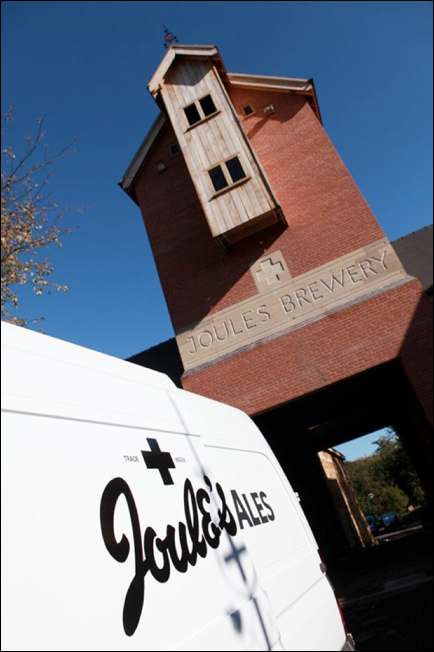
The new Joule’s Brewery, Market Drayton
© Joule’s Brewery
Beer had been brewed in Stone for many years before the opening of the first Joule’s brewery. Augustinian monks were known to have brewed ale in the local priory that was destroyed in 1749, and provided a key link to the Joule’s Brewery: the monks blessed each barrel they brewed with a red cross, which was intended to signify its quality, a symbol eventually adopted by Joule’s. This continued until the dissolution of the monasteries by Henry VIII.
The Joule family originated from Bakewell, and two brothers – Francis and William – both went into brewing. William moved to Salford, and Francis to Stone. William’s side of the family gained most fame via their grandson, James Prescott Joule, the preeminent physicist who discovered the standard measure of energy, giving it his name – the Joule.
Francis became an extremely successful in Stone, and in 1780 moved from his pub where beer had been brewed for more than a hundred years, and established the ‘Joule’s Brewery’ alongside the newly opened Trent and Mersey Canal at the heart of Stone, taking advantage of this new means of communication in a similar way to Josiah Wedgwood a few miles up the waterway, where he was establishing Etruria.
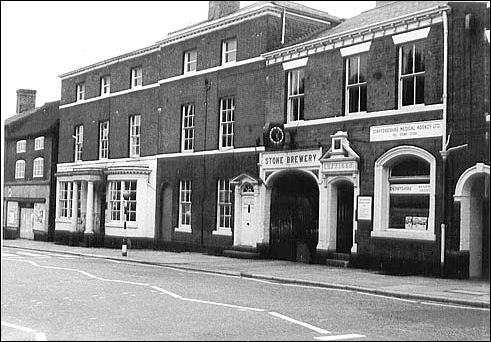
Joule's Brewery
in Stone, before demolition
photo: ©
Staffordshire County Records Office - Staffordshire Past Tracks
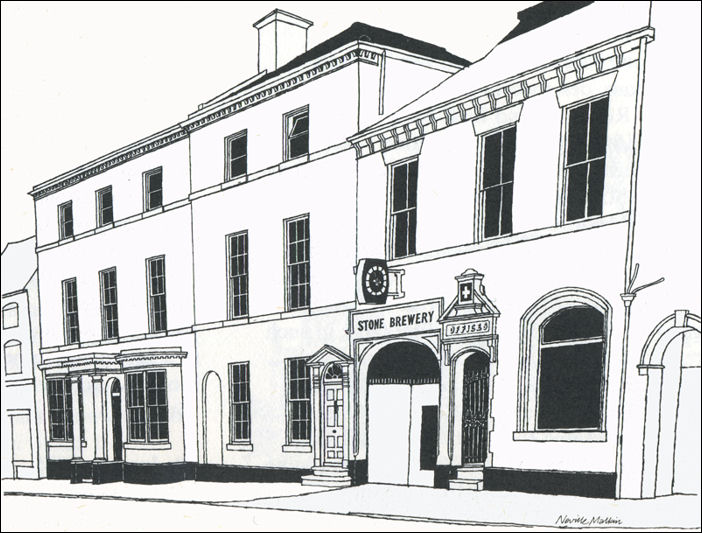
Joule’s Brewery from Neville Malkin’s A Grand Tour
Following Francis’ death in 1813, his son John Joule took on the management of the Brewery. He adopted the red cross that the local monks had used for Joule’s pale ales in much the same way that William Bass developed the famous Red Bass Triangle, which became England’s first ever trade mark.

The famous Joule’s Red Cross Trade Mark
© Joule’s Brewery
The Joule’s Brewery continued to produce quality ales in Stone until the 1970s, when the company was acquired by Bass Charrington. Bass Charrington then went on to demolish the Joule’s Brewery in 1974, in spite of much local angst.
Just after the turn of the new millennium, the new owners of the Joule’s brand approached Molson Coors (who owned the brand at the time) with a view to acquiring the brand after stumbling across a pure water source on the same site as an original Joule’s pub.
Following ten years of hard work, the new brewery was established and completed in July 2010, and a group of pubs has been acquired across Staffordshire and Shropshire, and over the border into Wales. Pubs in North Staffordshire include the Cock Inn in Leek, the Rose and Crown in Biddulph Moor, and of course, the Glebe Hotel in Stoke
The Glebe is a key local landmark along Glebe Street in Stoke, and was established as a public house in the early 1900s. The pub makes up a group of significant and important buildings, including Stoke Town Hall, Kings Hall, Stoke Minster and the Brook Street terrace.
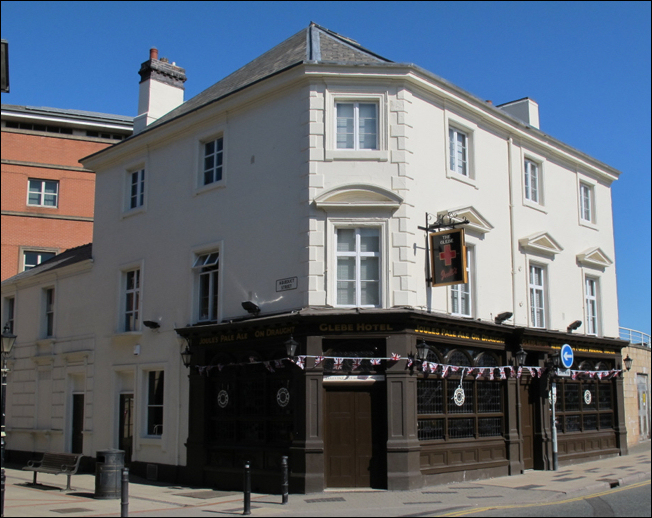
The Glebe Hotel,
Stoke
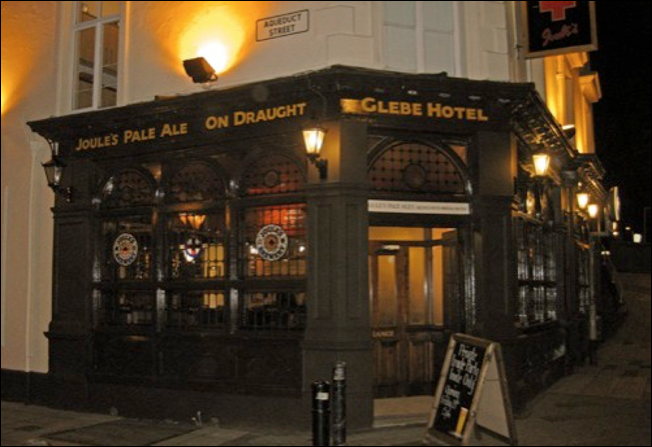
A warm, welcoming
looking Glebe Hotel
A three storey building in painted stucco with a Welsh slate roof, the Glebe stands proud on the corner of Glebe Street and Aqueduct Street, and Joule’s Brewery have done a tremendous job in its restoration. To coin an old Joule’s phrase, “and by Joule’s it’s good”.
A couple of years back, I wrote of the decline of the pub in ‘the End of an Era?’, but spoke of possible green shoots in the Titanic Brewery and their efforts to revive a number of pubs across North Staffordshire, and the passion behind the campaign to save the Coachmakers in Hanley from demolition.
To this we can add the enterprise and innovation behind the revival of the Joule’s Brewery. Joule’s have spoken of the “rediscovery of Britain’s ale heritage”, which is seeing small producers brewing high quality ales, with regional variations. This is leading to the development of small companies that are passionate about the traditional pub, and see them as great vehicles in which to market their ales.
Do the likes of Joule’s and Titanic Brewery possess a sustainable business model that could see the revival of the traditional pub continue to grow?
This would be a much welcome development, and could possibly be a lifeline for many public houses throughout the Potteries and North Staffordshire.
David
Proudlove
May 2011

|
![]()
![]()
![]()